Our team is currently working on a Battery Management System with specifications as below:
- 12 x 3.3 V, 50 Ah LiFePO4 Batteries, connected in series
- LTC6803-4 Battery Controller
- Monitored via Arduino Uno with SPI
Here's the board schematic that has been created. All resistor values are indicated with their 3-digit SMD code (221 for 220 Ω, 222 for 2200 Ω, etc.):
However, the LTC6803-4 didn't turn on when the battery pack was connected. It's indicated with the Vreg pin not supplying 5V properly, just around 2V or less. So LED13 connected to it won't turn on.
We already attempted to do this:
- Re-validate the board, now it supposed to comply the datasheet based on three attempts of redesign the schematic and re-checked several times.
- Replaced different LTC6803-4 multiple times and all have the same result, until we worried that we might just have burned all of them.
- Changed the SDO pullup resistor from 220 Ω to 2200 Ω, then to 10 kΩ. The LTC turns on for a while and sends proper SPI signals, but not for long before the LED13 connected to it flickers and dies again. It can still be turned on after waiting for some time before connecting it again, at which the problem just repeats.
- Shorted the D2, although for now we just put the D2 back and didn't care much about it, as the LTC6803 won't turn on at all regardless of whether the Arduino is connected or not.
We wonder if we actually missed something crucial.
NOTE: VDD and GND at bottom-right corner are put sideways on purpose due to viewport dimension constraint
